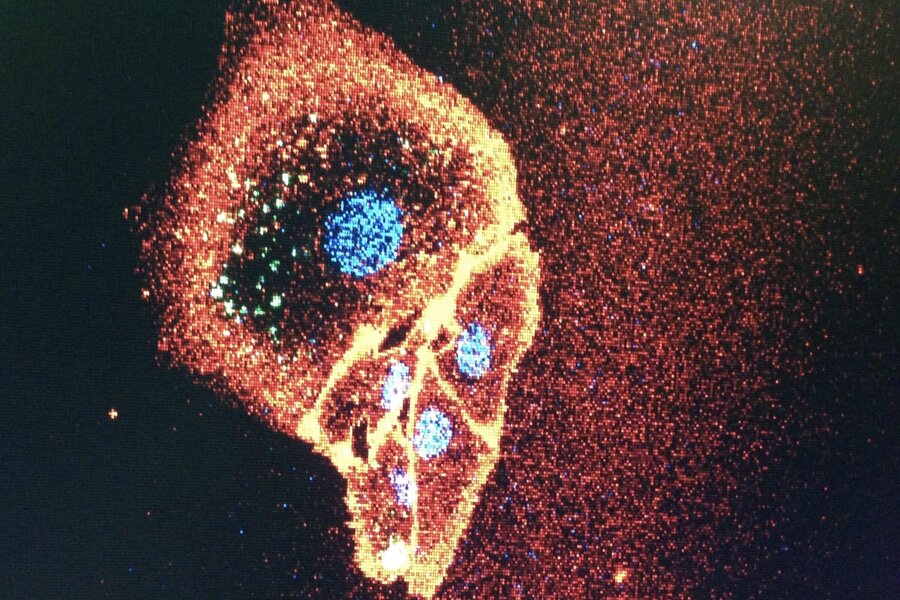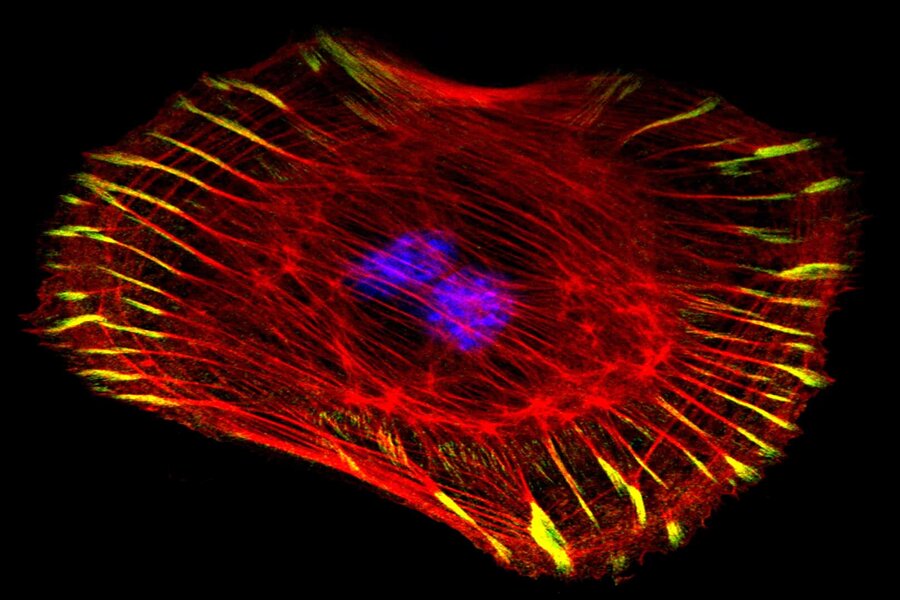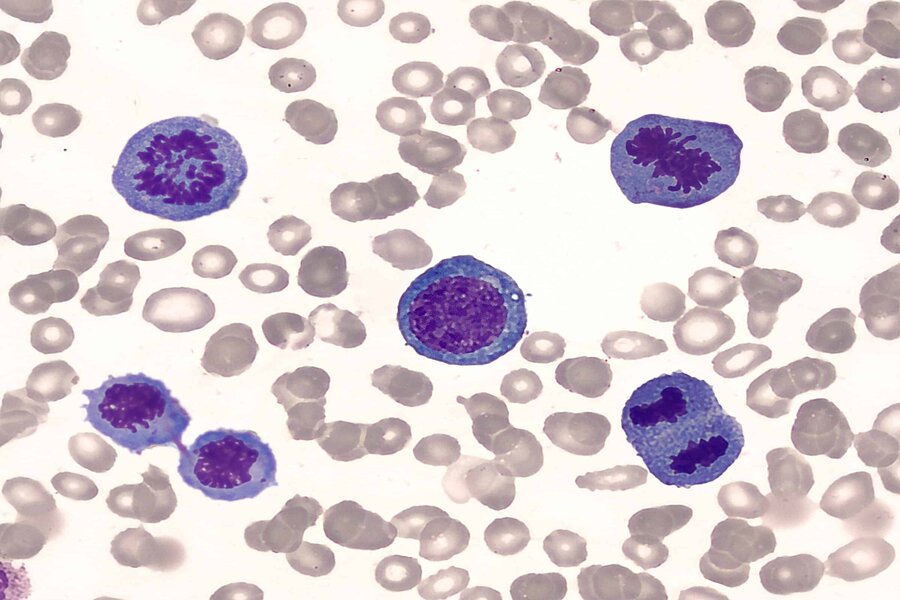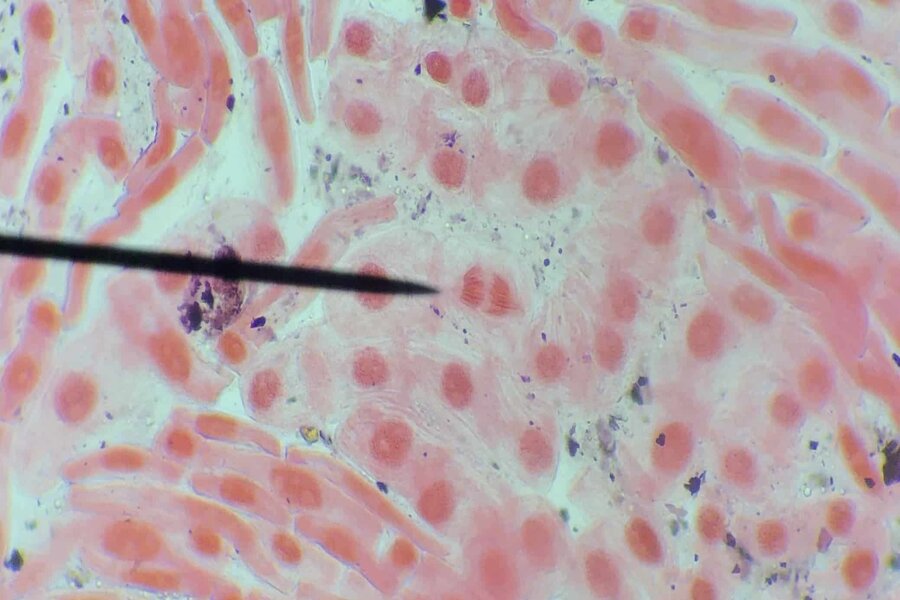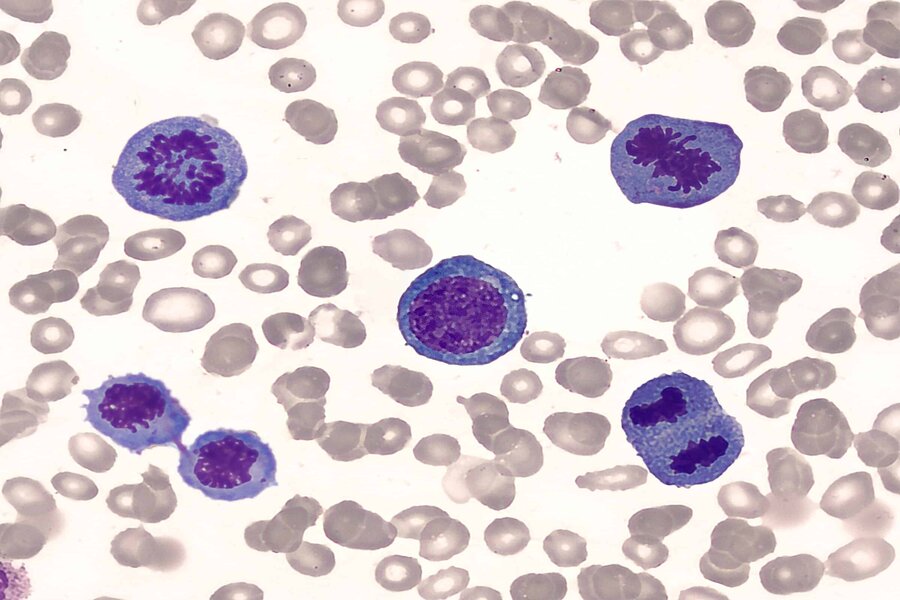How Do Mitotic Errors Affect Cell Proliferation?
Here, I want to draw attention to a review article by Levine and Holland, published in 2018, on “the impact of mitotic errors on cell proliferation and tumorigenesis.” Noting that “mitosis is a delicate event that must be executed with high fidelity to ensure genomic stability,” the paper underscores the critical nature of various aspects of the eukaryotic cell cycle machinery.
How Do Mitotic Errors Affect Cell Proliferation? Read More »


